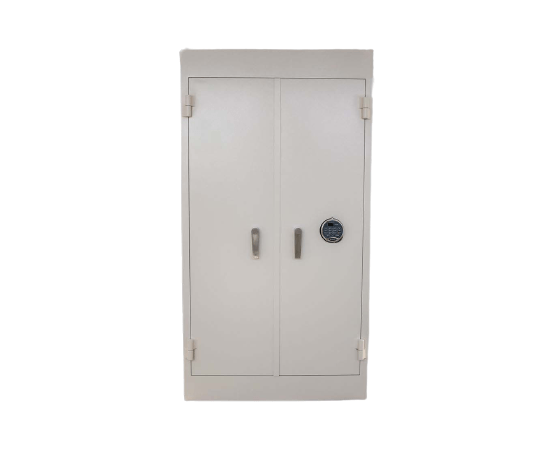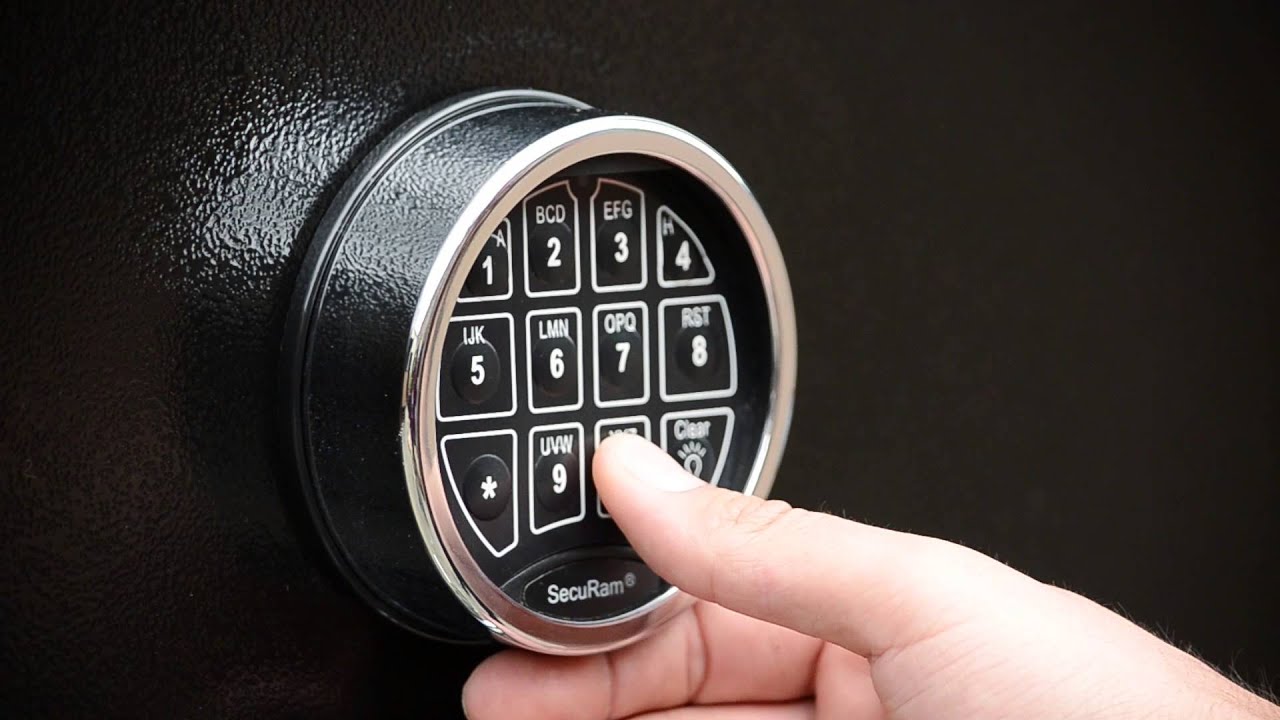Today consumers are given many choices, and opportunities to improve the daily tasks that fill their lives. So many choices are available in fact that it can sometimes be confusing to know exactly what the best fit is for each person based on each their unique needs. Dial combination locks compared to digital electronic locks can be one of those confusing options leaving the user to wonder, ‘What is best for my needs?’
GROUP II
Group II style locks are the most commonly used locks found on safes. They offer the user a one, two, or a three number sequence combination. Group I style locks by comparison offer more protection and they can include up to six number combinations. Here are some good pros and cons to consider when making your decision.
DIAL COMBINATION
The dial combination is classic and definitely the style to choose if you are making a movie like the ‘Italian Job.’ Nothing else compares. That’s because this is a tried and true style that has been reliable for over a century. Most users aren’t looking for a movie prop though.
DIAL COMBINATION PROS
- The dial style is over 150 years old. This technology is proven and it works without fail. Consistency and reliability is the key offering.
- There isn’t the need to change batteries. This system was born before the electronic revolution.
- Most models include a key locking dial. This fail safe protocol is designed to give the user peace of mind.
- Cost effective. Compared side by side the lack of electronics realizes a less expensive building cost that is passed on to the buyer.
DIAL COMBINATION CONS
- Slow to open. The dial style lacks the convenience of digital style, but practice does breed habit. If the user opens the safe several times a day the user should build up speed in operating the dial.
- Changing the combination isn’t as easy as it is with digital. If the user needs to change the combination you can expect to pay a technician anywhere from 50-130 dollars depending on the size of the safe.
- Less ergonomically designed. The concept of the dial is old and symmetrically pleasing, but, the dial style may be difficult for users with arthritis, or with a hand and fingers that have become disfigured.
DIGITAL OR ELECTRONIC COMBINATION LOCKS
Digital style combination safes are convenient, and are an example of improving on a standard classic. As a movie prop it would be hard to watch classics like ‘Butch Cassidy and the Sundance Kid,’ blow up a digital safe. It wouldn’t even be fun watching Charlize Theron open the digital style instead of the dial style in the ‘Italian Job,’ but again, the average user isn’t buying a safe as a movie prop.
DIGITAL PROS
- Digital style is a fast and simple synchronized tapping of the fingers to grant access.
- The keypad numbers are easier to see, offering a simple process for people with bad eyesight or crippled fingers.
- Changing combinations is simple and user friendly. This allows the owner to change the combination immediately without incurring additional costs.
- Fail safe lockdown. Digital safes come with a default or programmable lockout of the user if multiple wrong entries are attempted.
DIGITAL CONS
- Evolution, this technology is still evolving. What you buy today in the electronic realm may be outdated tomorrow.
- Maintenance versus the dial style is obvious, batteries. A simple solution is developing a schedule to change the batteries. Daylight savings time dates, tax day, your birthday. Whatever system you have in place for your smoke detector should now include your digital safe.
- Initial cost. The digital safe may cost a bit more at first due to the advance technology that’s included. Over the life of the unit though you shouldn’t have to lay out additional funds to change combinations.
- Lockout is a double edged sword. The multiple failed access attempts prevents theft but it can also keep you at bay for an honest mistake, or if a young child is caught playing with the keypad. Leaving you waiting for time to allow a new attempt.
The final decision should be based on what works best for you. If you have a firearm and need instant access or if you have poor vision or arthritis a digital safe is probably your best resource. If you simply need something to access your contents at a leisurely rate or you are more likely to stick with a long proven track record a dial system is fine to use. The best thing to do is to consult and ask questions from our experts who offer world class customer service.








